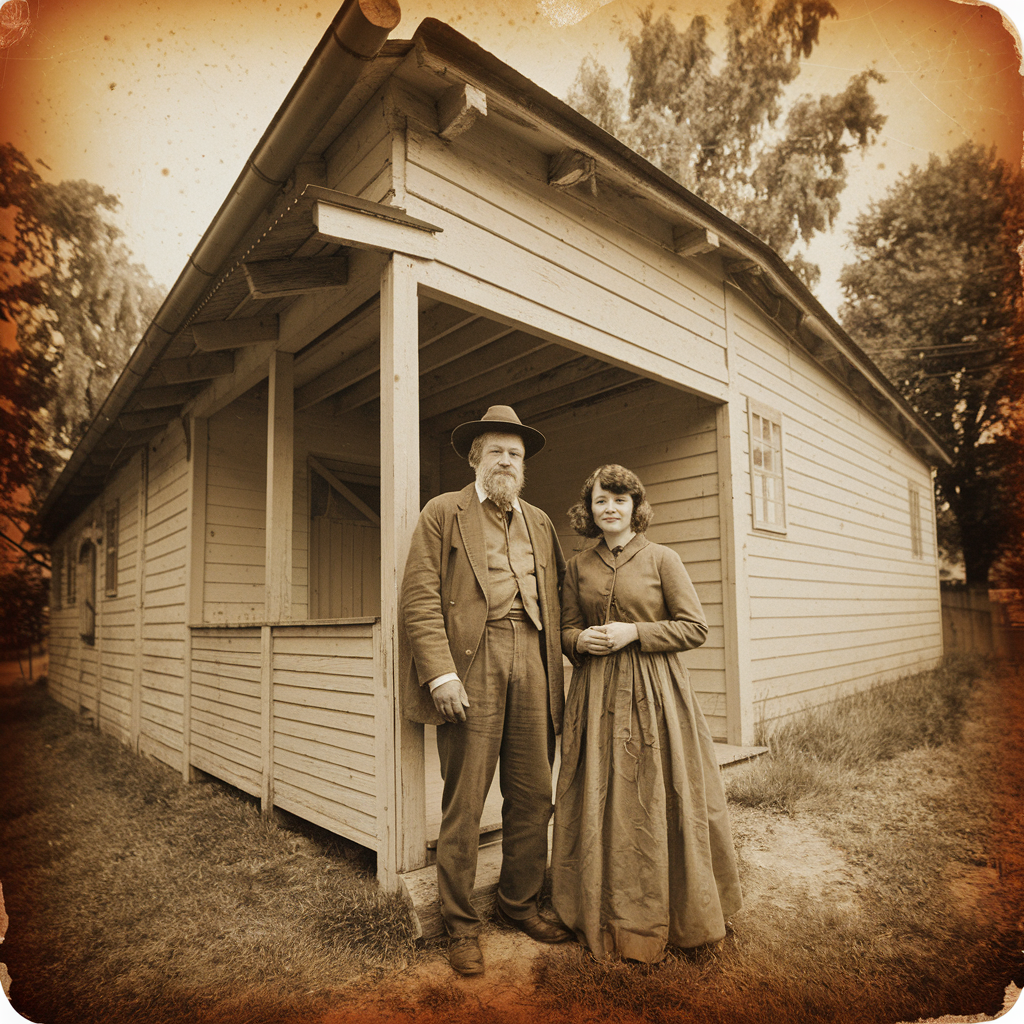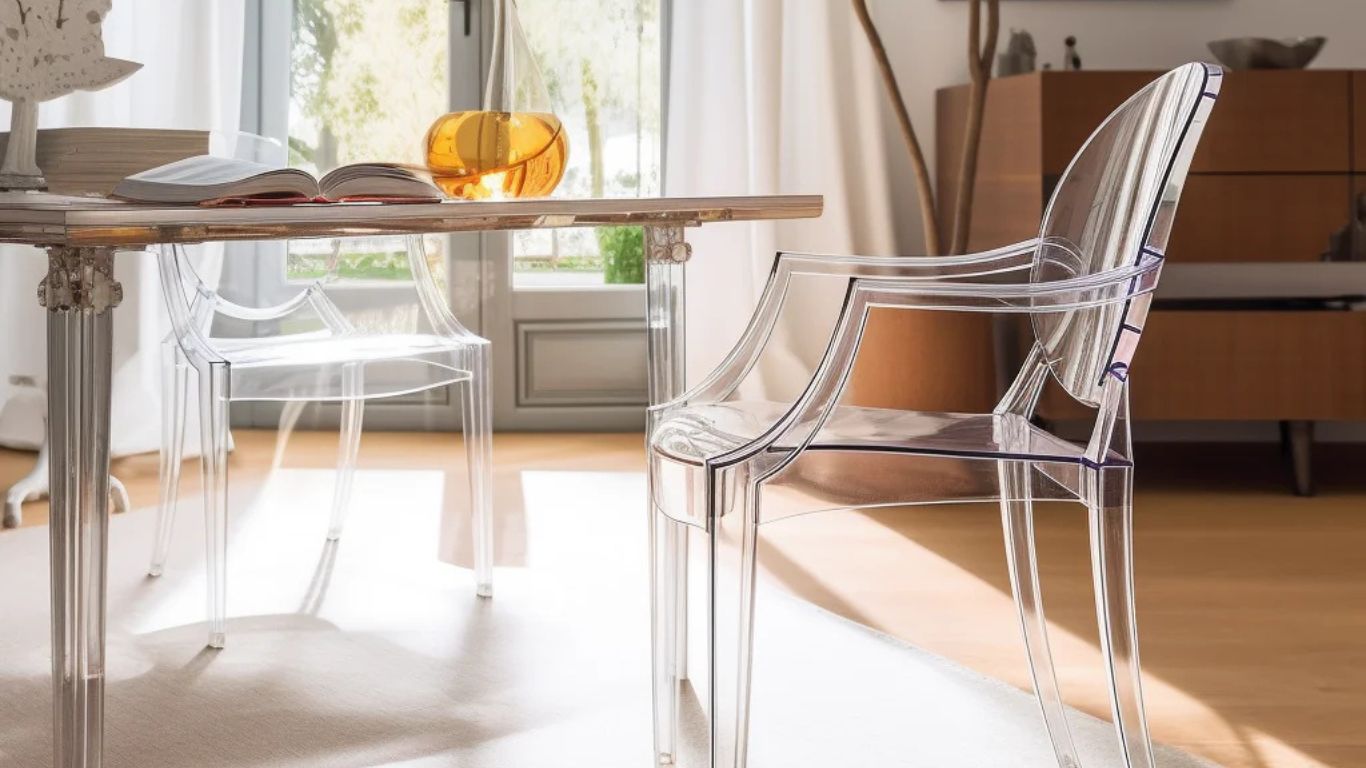Vintage photography holds a timeless charm, and one of its most iconic features is the warm brown hue that many early photographs display. Known for evoking nostalgia and capturing moments with a sense of history, the brown pigment in vintage photos plays a significant role in the appeal of antique photographs. From sepia tones to various forms of natural fading, brown pigment in photography has a rich background, involving both historical techniques and chemical processes. This article dives deep into the origins, science, and aesthetics behind the brown pigment in vintage photography, exploring why these hues have become synonymous with historical photos and vintage art.
Origins of Brown Pigment in Vintage Photography
To understand the brown pigment in vintage photos, it’s essential to explore the origins of early photographic techniques. When photography first emerged in the 19th century, technical limitations and materials shaped the color tones that would define vintage photographs. One of the earliest methods for producing images involved chemicals like silver nitrate, which responded to light by darkening, forming an image. These images naturally displayed a range of brown and sepia hues due to the chemical reactions involved.
The Daguerreotype: A Pioneering Technique
One of the first commercial photographic processes, the Daguerreotype, was developed in 1839 by Louis Daguerre. These images were created on silver-coated plates, which were exposed to light and chemically treated to develop. Though the Daguerreotype process produced a more monochromatic tone, brown pigments often appeared due to exposure to air over time, resulting in subtle warmth as images aged.
Sepia Toning: Enhancing Image Longevity and Aesthetics
Sepia toning emerged as a way to improve the longevity of photographs. This technique involved adding sepia pigment, derived from the ink of cuttlefish, to black-and-white images. The brown tones created through this process made photographs more resistant to fading and added a softer, warmer look. As a result, sepia-toned photographs became popular, and this style continued to influence the aesthetics of vintage photography for decades.
Chemical Processes Behind the Brown Pigment in Vintage Photos
The brown pigment in vintage photos is largely due to specific chemical reactions within the photographic materials. In traditional photography, silver-based compounds were used, which reacted to light to form images. When these silver compounds oxidized, they took on shades of brown and yellow over time, creating the distinctive look we associate with antique photographs.
Oxidation and Image Fading
One primary cause of the brown pigment in vintage photos is oxidation. Over time, the silver particles in photographic emulsions react with air, forming silver oxide, which gives the photograph a brownish tint. This process, known as image degradation, is common in old photographs and contributes to the antique appearance.
Sepia Treatment for Preservation
In addition to oxidation, sepia treatment was applied as a deliberate choice to enhance photo longevity. During the sepia toning process, silver was replaced with a compound called silver sulfide, which was more stable and resistant to degradation. This reaction not only preserved the photograph but also gave it the characteristic brown hue that modern audiences recognize as “vintage.”
The Cultural and Aesthetic Appeal of Brown Tones in Vintage Photos
The brown pigment in vintage photos is not only a result of historical processes but also a key part of their cultural and aesthetic appeal. The warm tones evoke a sense of nostalgia and are widely recognized as a symbol of history. Over time, these hues have become deeply associated with memories, heritage, and artistic beauty.
Nostalgia and Timelessness
Brown tones in vintage photos carry a nostalgic quality that transports viewers back in time. Unlike modern, high-definition color images, the warmth and softness of brown pigments feel rooted in the past, encouraging viewers to reflect on simpler times. For many, these tones bring a comforting sense of timelessness, reinforcing the idea that vintage photos capture enduring memories.
Aesthetic Warmth and Depth
Beyond nostalgia, brown tones in vintage photography create a visual warmth that adds depth to images. These tones soften sharp lines and enhance shadows, which can make the subject appear more lifelike. This warmth has inspired countless photographers and artists who appreciate the softer, more intimate feel of vintage photography, making brown-toned images popular in modern art and design.
Evolution of Brown Pigment in Modern Vintage-Style Photography
As vintage photography gained popularity, modern photographers sought to recreate the brown pigment found in antique photos. Today, there are numerous techniques to emulate this effect, from digital filters to alternative darkroom methods. These techniques allow photographers to capture the look of vintage photos without using the same labor-intensive processes of the past.
Digital Sepia Filters
One of the simplest ways to achieve the vintage look in modern photography is through digital sepia filters. These filters mimic the warm brown tones by altering color balance and contrast, transforming black-and-white images into sepia-toned photos with the click of a button. Digital editing software like Photoshop and Lightroom offers easy access to these filters, allowing photographers to experiment with different shades and intensities of brown.
Alternative Darkroom Processes
For photography enthusiasts who prefer traditional methods, alternative darkroom processes such as lith printing or selective toning can recreate the vintage effect authentically. Lith printing uses a unique chemical process that gives photographs a grainy, brownish appearance similar to classic sepia prints. While more labor-intensive, these techniques offer a more authentic result than digital filters.
Preserving Vintage Photos with Brown Pigment
Preserving vintage photographs with brown pigments requires careful attention to environmental factors, as these tones can fade or change over time. Proper preservation techniques can help maintain the integrity and appearance of these cherished photos, ensuring they remain a window into the past.
Controlling Temperature and Humidity
One of the most effective ways to preserve the brown pigment in vintage photos is by controlling the storage environment. Temperature fluctuations and high humidity levels can accelerate oxidation and discoloration. Storing photos in a cool, dry place with minimal exposure to sunlight can slow down the natural aging process, preserving both the image and its color tones.
Using Archival Materials
For long-term preservation, archival-quality materials are essential. Acid-free photo albums, storage boxes, and protective sleeves prevent harmful chemicals from degrading the photo paper. Archival materials are designed to protect vintage photos from dust, moisture, and other environmental factors that can damage delicate brown pigments.
Digital Preservation for Historical Records
To further protect vintage photos, digital preservation methods can be employed. Scanning and storing high-resolution copies of vintage photos ensures that the images are preserved in their current state, even if the original fades over time. Digital copies can also be edited to enhance the brown tones, ensuring that the vintage look is maintained across formats.
Artistic Applications of Brown Pigment in Modern Photography
The appeal of brown pigment in vintage photos has inspired modern photographers to incorporate these tones into their work. Whether capturing portraits, landscapes, or still-life images, adding brown tones can evoke warmth, nostalgia, and a sense of history.
Portrait Photography
In portrait photography, brown tones can add a sense of intimacy and classic beauty. Many photographers use sepia filters or brown overlays to soften facial features, enhance shadows, and create a timeless aesthetic. These effects bring out the subject’s natural warmth, making portraits feel more personal and nostalgic.
Nature and Landscape Photography
Nature photographers often use brown tones to emphasize earthiness and create a more rustic feel. By adding brown pigments, they can highlight natural textures and shadows, drawing viewers’ attention to the raw beauty of their subjects. These tones are especially effective in autumn scenes or rural landscapes, where the color scheme complements the environment.
Vintage-Style Events and Photography Shoots
Vintage-style photography is commonly used in themed events, such as weddings, anniversaries, and heritage photoshoots. Many photographers incorporate brown tones to enhance the vintage atmosphere, creating an aesthetic that feels like stepping back in time. This approach is popular for clients who want their special moments to have a timeless, elegant appeal.
FAQs
What causes the brown pigment in vintage photos?
The brown pigment results from chemical processes, including oxidation and sepia toning, which alter the color of silver-based photos over time.
Why were sepia tones popular in vintage photography?
Sepia tones were used to extend photo longevity and add warmth, giving images a unique, nostalgic quality.
How can I recreate the look of brown pigment in modern photos?
You can use digital sepia filters, alternative darkroom techniques, or selective toning to achieve a vintage look in modern photos.
What’s the best way to preserve vintage photos with brown pigments?
Storing photos in a cool, dry environment, using archival materials, and digitally preserving them can help maintain their quality.
How do brown tones affect the aesthetics of a photo?
Brown tones add warmth and depth, creating a nostalgic, timeless appeal that enhances the photo’s emotional impact.
Can vintage photo pigments change over time?
Yes, pigments may fade or alter due to oxidation and environmental exposure, which is why preservation methods are important.
Is sepia toning still used in modern photography?
Yes, many photographers use digital filters or traditional techniques to recreate sepia tones in modern photography.











